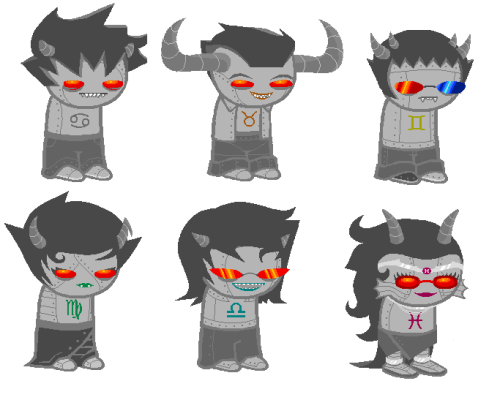



ROBOTIZE ME SOFTWARE
It was designed by a multidisciplinary team including robotics and software engineers, medical doctors and physiotherapists from the Hospital Virgen del Rocio (Seville, Spain), and experts on user-centered design from the University of Troyes. This important part of the CGA procedure could be automated, which has been considered by the European Union ECHORD++ (European Coordination Hub for Open Robotics Development) project as one of the initiatives to be covered within its Public end-user Driven Technological Innovation (PDTI) program ( ).ĬLARC ( ) is an autonomous robotic solution designed to support CGA in hospitals and retirement homes . The multidimensional clinical tests include questionnaires (functional tests such as the Barthel one ), cognitive exercises (e.g., the Mini-Mental State Examination or MMSE ), and motion analysis exercises (as the Get Up & Go test ). Finally, clinical professionals can create a personalized care plan after taking into account the evidence gathered during the two previous phases and the patient’s evolution since the last CGA session. Next, multidimensional clinical tests are performed to evaluate the overall patient status. First, a clinical interview allows the patient and their relatives to discuss the elder health problems. The CGA comprises three different types of activities: a clinical interview, a multidimensional assessment and a customized care plan. At the end, a typical CGA session takes about three hours of clinicians’ time, and it should be repeated every six months to be really efficient. CGA is an interdisciplinary effort, requiring the coordination of several clinical professionals such as occupational therapists, physiotherapists, social workers, or medical doctors. The collected data is subsequently used to personalize the treatment prescription, allowing the creation of an overall plan for follow-up. The Comprehensive Geriatric Assessment (CGA) is a clinical procedure designed to capture information on medical, psycho-social and functional resources and problems of elderly people. Experimental evaluation illustrates that the defined quality of service metrics correctly capture the evolution of the aspects of the robot’s activity and its interaction with the patient covered by the non-functional properties that have been considered. This paper describes the integration into the software architecture of the CLARC robot of the modules that allow these properties to be monitored at run-time, providing information on the quality of its service. We argue that satisfying user preferences can be a good way to improve the acceptance of the robot by the patients. In parallel with the effort to correctly address the functional aspects, i.e., the development of the robot tasks, the design of CLARC must also deal with non-functional properties such as the degree of interaction or the performance. In fact, ideally, CLARC will perform these tests on its own. Using CLARC to conduct geriatric tests will reduce the time medical professionals have to spend on purely mechanical tasks, giving them more time to develop individualised care plans for their patients. With the aim of automatizing these parts of the CGA, we have designed and developed CLARC (smart CLinic Assistant Robot for CGA), a mobile robot able to help the physician to capture and manage data during the CGA procedures, mainly by autonomously conducting a set of predefined evaluation tests. The whole process includes the completion of standardized questionnaires or specific movements, which are performed by the patient and do not necessarily require the presence of a medical expert. Comprehensive Geriatric Assessment (CGA) is an integrated clinical process to evaluate frail elderly people in order to create therapy plans that improve their quality and quantity of life.


 0 kommentar(er)
0 kommentar(er)
